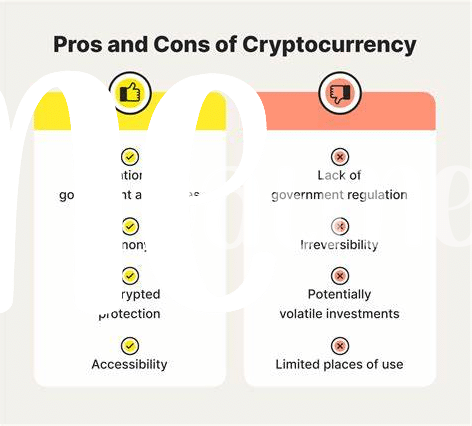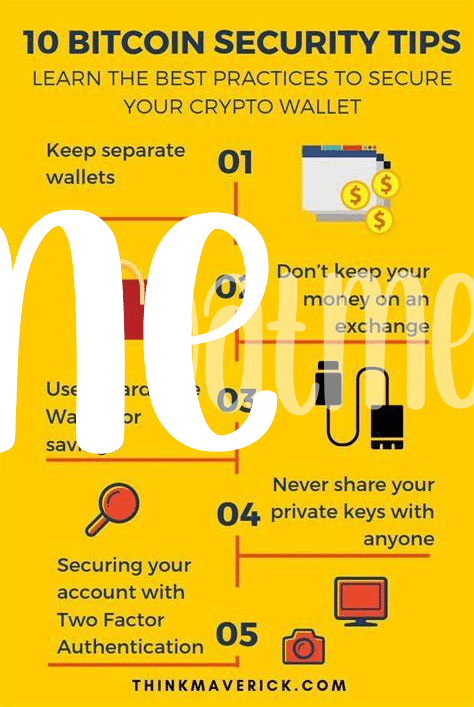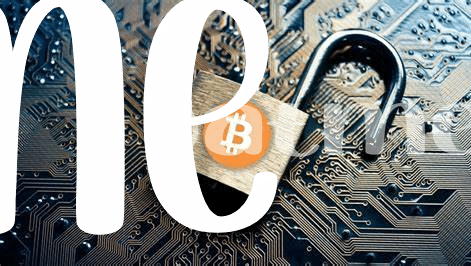🤔 Breaking down What Bitcoin Really Is

Imagine if you had a type of money that was totally digital, like the coins and bills in video games, but you could actually use it to buy real things online or even in some stores. That’s kind of like Bitcoin. Introduced in 2009 by a mysterious figure (or group) known as Satoshi Nakamoto, it’s what’s called “cryptocurrency” because it uses special computer codes to ensure that transactions are secure and that one unit of Bitcoin can’t be copied and used multiple times dishonestly. Unlike the money in your bank account or your wallet, there’s no government or bank controlling Bitcoin. Instead, it runs across a network of computers all over the world, using a technology called blockchain. This is like a super detailed ledger that keeps track of all the transactions made with Bitcoin, ensuring everything is fair and square. In essence, Bitcoin is a pioneering form of digital cash that has sparked a revolution in how we think about and use money in the digital age.
Here’s a simple comparison between Bitcoin and traditional money:
| Bitcoin | Traditional Money |
|---|---|
| Digital only | Physical and digital forms |
| Decentralized (no central authority) | Centralized (governments/banks control it) |
| Uses blockchain technology | Uses traditional banking systems |
| Limited in quantity (21 million) | Unlimited (governments can print more) |
🔓 Unveiling the Truth about Bitcoin Security
When we peel back the curtain on Bitcoin’s security features, many people are surprised to find a robust system designed to thwart fraudsters and hackers. At its heart, Bitcoin is built on a technology called blockchain. Imagine a super safe, incredibly detailed logbook that records every transaction made. This logbook isn’t just kept in one place but is duplicated across thousands of computers worldwide, making it nearly impossible for anyone to meddle with the information without getting caught. Plus, Bitcoin transactions are locked up tight with something called cryptography, which is like an ultra-secure combination lock that only lets the right person with the right key access their funds. While misconceptions swirl about its safety, the reality is that Bitcoin’s infrastructure presents a formidable wall against cyber threats, much more so than many realize. In fact, learning how Bitcoin can facilitate faster and cheaper overseas money transfers showcases its potential as a secure financial tool. Interested in how it works? Dive deeper here.
💰 Myths Surrounding Bitcoin and Financial Security

When it comes to digital dough, many folks get tangled up in quite the web of tall tales. Think of Bitcoin, and your mind might jump to stories about wild swings in value or shadowy figures doing deals in digital back alleys. But here’s the scoop: a lot of what we hear is just noise. The truth? Bitcoin is built on a system so tight, it’s like a bank vault for your bytes, but without a physical key you might lose under the couch.
Now, you might’ve heard whispers at the water cooler or seen flashy headlines screaming that Bitcoin is about as secure as a screen door on a submarine. But let’s set the record straight. Every Bitcoin transaction is locked down tight with complex codes that even the slickest cyber crooks can’t crack. 🚀 Sure, no treasure is beyond temptation, but compared to the tales of hacked accounts and vanished funds, Bitcoin holds its ground, promising a level of security that keeps your digital gold just that – yours. 🛡️🔍
🏦 Comparing Bitcoin to Traditional Banking Security

When we talk about keeping our money safe, many of us think about banks – these big, solid buildings where we feel our money rests securely. But, enter Bitcoin, and things start to look a bit different, though not necessarily less secure. Think of Bitcoin not just as money, but as a way to send and receive value directly, without the need for a middle person like a bank. This direct handling does come with responsibilities though; suddenly, you’re the one in charge of your money’s security. Unlike banks, where there’s often insurance and various recovery mechanisms in place for when things go wrong, Bitcoin relies heavily on technology and personal vigilance to maintain security. That’s not to say it’s the wild west – far from it. The technology behind Bitcoin, known as blockchain, adds a layer of security by recording all transactions publicly and immutably, making fraud much harder. Plus, innovative solutions are constantly being explored to enhance Bitcoin’s sustainability and security, such as the advancements discussed at bitcoin and digital identity suggestions, which highlights efforts to use solar power for mining, addressing environmental concerns and potentially adding another layer of security through decentralized energy sources. So, while traditional banking and Bitcoin differ in how they secure your money, both have measures in place to keep it safe – the choice between them depends on your preference for direct control vs. institutional oversight.
🔍 How Bitcoin Fights Against Fraud and Theft
Imagine keeping your money in a digital form where it’s harder for the bad guys to grab it. That’s one of the cool things about Bitcoin. It uses super smart math and rules (we call this cryptography) to make sure only the person who owns the Bitcoin can use it. No one else can take it or pretend it’s theirs without the secret codes. Also, all the transactions, or times when people trade Bitcoin, are written down in a public book that everybody can see (this book is called blockchain). This makes it super tough for anyone to cheat or try funny business with your digital money.
But wait, there’s more to keep your digital treasure safe. Here are some tips:
| Tip | How It Helps |
|---|---|
| Use strong passwords | Makes it harder for hackers to get into your Bitcoin wallet. |
| Keep backups | So you have a safety net if something goes wrong with your device. |
| Update your software | Keeps your defenses strong against the latest tricks by thieves. |
| Be careful with Wi-Fi | Using secure networks means less snooping on your Bitcoin transactions. |
By sticking to these steps, you’re putting up a big “No Thieves Allowed” sign on your digital money, which is a smart move in the wild world of the internet.
🛡️ Practical Tips for Keeping Your Bitcoins Safe

Imagine your Bitcoin as a digital treasure, one that gleams not with gold but with the promise of future value. Keeping this treasure safe isn’t just wise; it’s essential. The first step involves a secure wallet – think of it as a modern treasure chest. Opt for wallets that require multiple keys to open, adding an extra layer of security. Now, remember the phrase ‘not your keys, not your coins’? This is your mantra. Holding onto your private keys means you’re the captain of your digital ship. 🚢 Equally important is staying updated. Just as a ship needs constant maintenance, so does your digital security. Ensure your software is always the latest version. 🔄 For extra peace of mind, consider splitting your treasure. Use a combination of hot (online) and cold (offline) storage solutions. The cold storage, untouched by the internet’s prying eyes, is your hidden island. Finally, don’t walk the plank with public Wi-Fi. Use secure, private connections when accessing your treasure to fend off digital pirates lurking in public networks. And if you’re pondering over the broader implications of your digital treasure hunt, particularly how it intersects with real-world challenges like remittances and environmental concerns, take a moment to dive into bitcoin and remittances suggestions. This voyage of discovery could not only safeguard your treasure but also illuminate its impact on our world.
